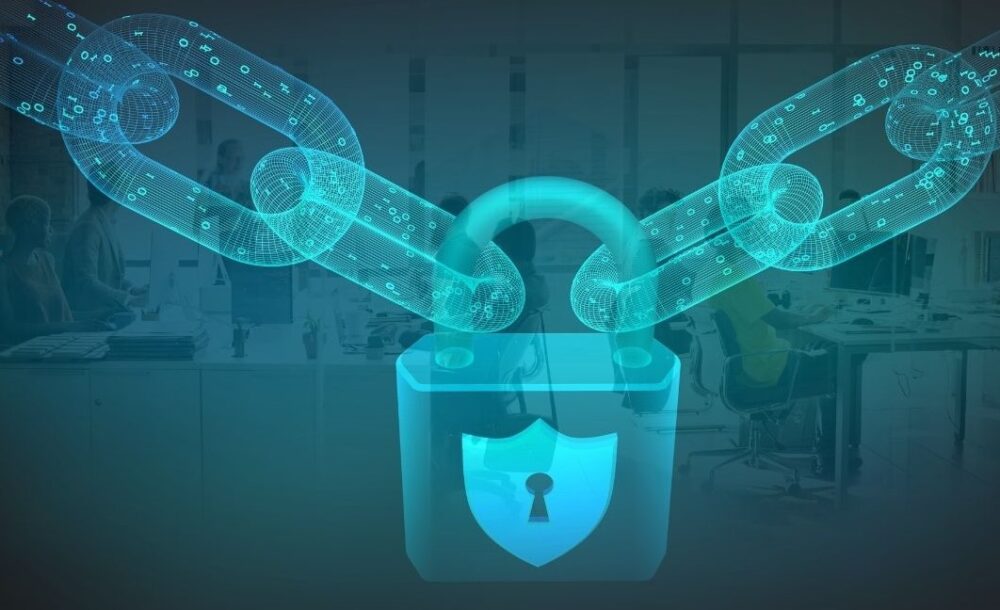
A cyber attack is when an individual or group compromises a device, computer system or network with malicious intentions. A cyber attack can paralyze a computer system which means a business loses money because its website isn’t accessible. It often results in a data breach which can affect individuals on a personal or financial level. A cyber attack can even prevent a government body from offering essential services. So, how does a cyber attack start?
Phishing: A common cyber attack technique
According to Security Intelligence, attackers used phishing as an entry point for almost a third of all cyber attacks. Many cyber attacks are opportunistic, and it’s human error that opens the doors. Phishing is so popular because it is easy to carry out and can be surprisingly effective.
It only takes one individual to click on a malicious link for a potential adversary to start a cyber attack. Sending an official-looking email to an employee who clicks on a link to a fake website and fills in personal details is enough.
A whaling attack is a type of phishing attack that targets high-level executives, like a CEO, to steal sensitive information.
Many phishing attacks involve social engineering and exploit human susceptibility to manipulate victims into revealing sensitive information.
The advanced email security solution offered by Perception Point with its next-gen detection engines can prevent APTs, phishing, malware, BEC attacks and much more with the agility, speed and scale of the cloud.
Other cyber attack techniques

Besides phishing, there are a number of other cyber attack techniques, including the use of ransomware, malware and SQL injection.
Ransomware
A ransomware attack occurs when cybercriminals encrypt files and demand money in exchange for decrypting them. Ransomware spreads through phishing emails, visiting infected websites or by exploiting vulnerabilities. Nvidia, a large semiconductor chip company, was compromised by a ransomware attack in February 2024, and employee credentials and proprietary information was leaked online.
Man-in-the-middle
In this type of attack, a cybercriminal gets between a web service and a user. For example, the attacker may create a login-in page on a public network that mimics the real one. Once a victim logs in, the attacker has access to their passwords.
Distributed Denial of Service (DDoS)
A DDoS attack occurs when cybercriminals overload a targeted system using many channels and make it unavailable to legitimate users. DDoS cyber attacks are often politically motivated.
Supply chain attacks
Software supply chain attacks compromise the code in common software and give hackers access to those who use the application. The goal is usually to affect the maximum number of victims. A software supply chain attack was recently discovered in GitHub when a malicious actor cloned GitHub repositories, but the developer community identified the threat in time.
SQL injection
SQL injection is inserting malicious code into a database to exploit vulnerabilities in data-driven applications. Doing so can give cybercriminals access to confidential information.
Malware

Using malicious software like Trojans, viruses or worms is called a syntactic attack. Trojans can bring malicious software onto devices disguised as legitimate software. A virus can replicate itself by modifying other computer programs and inserting its own code. Worms also self-replicate but don’t attach to other files.
Zero-day exploits
This is when attackers exploit vulnerabilities in a system that developers haven’t fixed. In 2024 zero-day exploits have already affected a wide range of platforms, including Apple iOS, Chromium and Google Pixel.
Stages of a cyber attack
Knowing how the enemy operates helps organizations prioritize cyber security investment.
Research and reconnaissance: This is when cybercriminals start gathering the information they need to plan an attack. They may collect information from popular websites like LinkedIn or Facebook. They will also go to specific target websites and gather intelligence on data security, a network, relevant applications etc. At this point, they are looking for flaws that involve human error or system errors.
Weaponizing information: Cybercriminals now decide on a delivery method to penetrate the target’s defenses, such as using phishing emails, fake websites or developing and acquiring malware.
Gaining access: Entry points into a network may vary, but they give cybercriminals a foothold in the organization. Employees may fall for a phishing email, download a malicious attachment or a system may not be properly configured or patched. The primary goal at this stage is not to gain access to data but to create a secure connection to an organization’s network or systems so as to start the attack.
Exploitation: Cybercriminals can now execute their plan because they have control of the network, system or app of an intended victim. They can use many methods to escalate their privileges once they have access. They may use valid accounts if they have login details or leverage a Windows UAC system.
Exfiltration: Skilled cybercriminals will try to cover their tracks as detection can make future efforts more difficult. They may uninstall programs they used, delete folders and audit logs.
Breaking the cyber attack lifecycle

Blocking cybercriminals at any point in the cyber attack lifecycle breaks the chain of attack and works great as one of the most effective mobile threat defense solutions. Disrupting the attack lifecycle depends on technology, people and processes. A prevention-based approach allows organizations to remain agile in the face of increasingly sophisticated cyber attacks. They need to look for solutions that protect every part of their network.
- Implement cyber security training and education for anyone with access to networks or systems. As soon as a new employee joins a company, this person should receive cyber security training.
- Protect against perimeter breaches by detecting malware and blocking malicious websites.
- Proactively seek out system or network compromises using threat intelligence tools. Hire the best IT security team for it or outsource to the best agency.
Conclusion
The threat of a cyber attack is ever-present in an increasingly connected and digital world. Both small to medium businesses and large corporations are at risk. Knowing how cyber attacks begin and the stages they go through can help companies to minimize, reduce, or even prevent potential cyber attacks.








